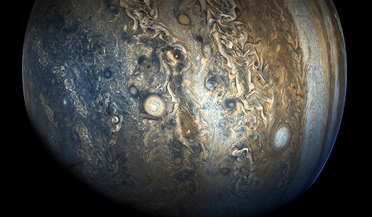 09 March 2018
Juno gives insight into Jupiter's epic winds
09 March 2018
Juno gives insight into Jupiter's epic winds
... a bit more than previous estimates had calculated. "Since Jupiter is basically a giant ball of gas, the initial expectation... tens of meters per second." It has not yet been determined if Jupiter has a solid core or not, but it has been suggested in...
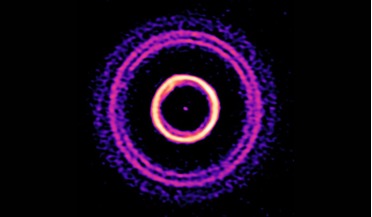 17 June 2019
Filling in the gaps of Jupiter-like planet formation
17 June 2019
Filling in the gaps of Jupiter-like planet formation
..., many scientists believe that our resident behemoth gas giant Jupiter did not form where it currently orbits today. Instead... 3 to 10 AU, said Chiang. One particular caveat that separates Jupiter from the gas giants found in the GPIES is that none of...
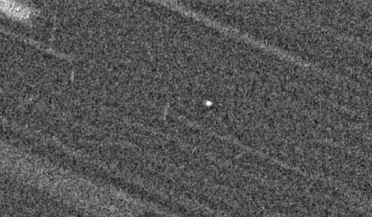 21 September 2020
Jupiter could have 600 moons, a new study says
21 September 2020
Jupiter could have 600 moons, a new study says
... -12.90, whereas Pluto for example, has an apparent magnitude of +13.65. The newly detected moons also appear to be in retrograde with Jupiter, meaning they orbit the gas giant “backwards” with respect to the planet’s rotation. Ashton and colleagues...
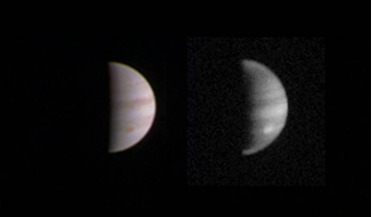 26 August 2016
All eyes on Jupiter as Juno moves in close tomorrow
26 August 2016
All eyes on Jupiter as Juno moves in close tomorrow
... be made available. "No other spacecraft has ever orbited Jupiter this closely, or over the poles in this fashion,"... and a selection of images, including the first glimpse of Jupiter's north and south poles and the highest resolution imagery of ...
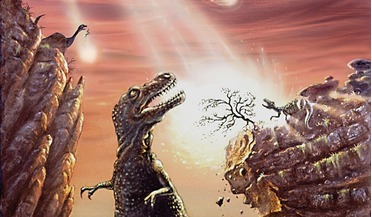 February 2016
Is Jupiter Really Our Protective Shield?
February 2016
Is Jupiter Really Our Protective Shield?
...[18]. In it the authors claim, ‘Because it cleans our solar system of dangerous Earth-orbit crossing asteroids and comets, Jupiter has a beneficial influence on life on Earth.’ Ward and Brownlee’s claim stems from their interpretation of a 1994 paper...
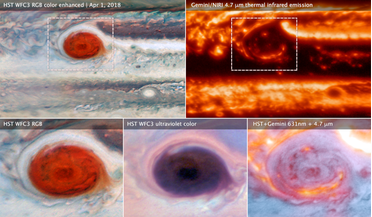 11 May 2020
Spacecraft and telescopes join forces to probe deep into Jupiter's atmosphere
11 May 2020
Spacecraft and telescopes join forces to probe deep into Jupiter's atmosphere
... Earth's largest "superbolts." Like lightning on Earth, Jupiter's lightning bolts act like radio transmitters, sending out...holes in the cloud layer. In cloud-free regions, heat from Jupiter's interior that is emitted in the form of infrared light -- ...